Learning and Teaching
at MFG

Learning and Teaching
at MFG
Year 12 Graduation
Congratulations to our Year 12 students who celebrated the end of their journey through secondary school last week at our Valedictory Dinner. We are so proud of you! We wish you all the very best and remember to keep ‘Looking Forward’.
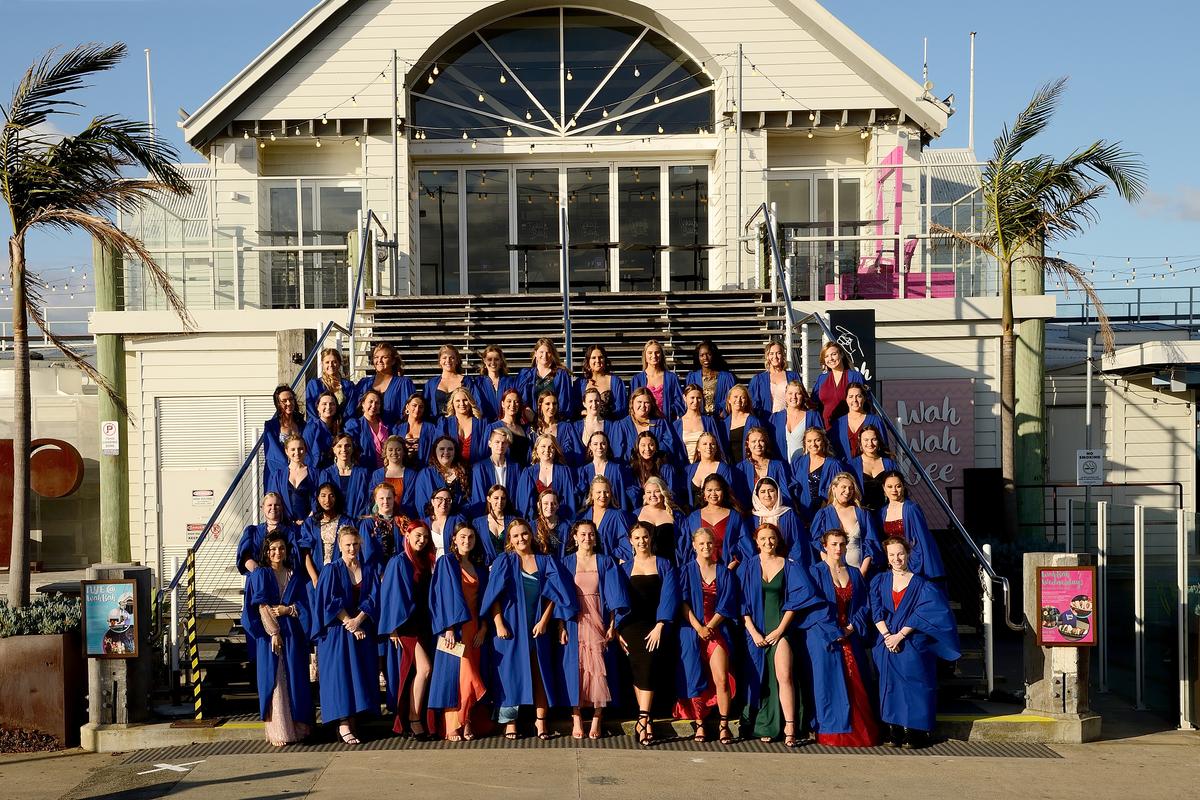

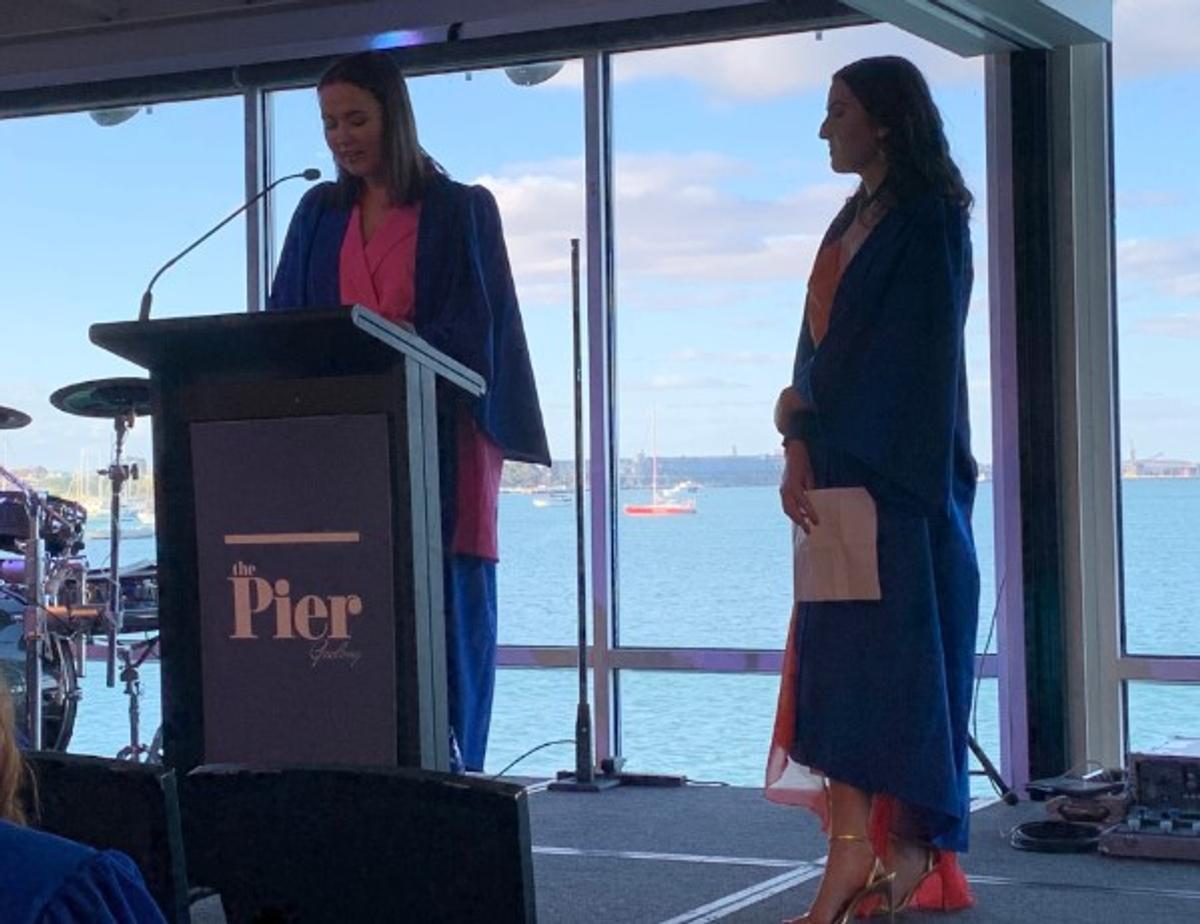

Mural – Carla McCrae
A few weeks ago Carla McCrae finished our new House Mural. Carla’s description of her work:
Four girls represent their Houses, in qualities and colour palette. The girls are standing alongside each other, equal and with an expression of openness and determination, looking towards the future. An energising, bright colour palette has been chosen that is led by the House colours, favouring strong, deep hues over traditionally feminine ones.
The houses are represented with the qualities below:
Freeman: green jersey, hair clips in the colours of the Indigenous flag
Lipson: red shirt, playing the saxophone - to represent Ross and the Sweethearts.
Gilmore: dark purple shirt, classical hairstyle, blue headscarf and holding a pencil ala Mary Gilmore and to capture Gilmore’s activism for all women
Beachley: yellow rashie-style top, slicked black hair and determined posture
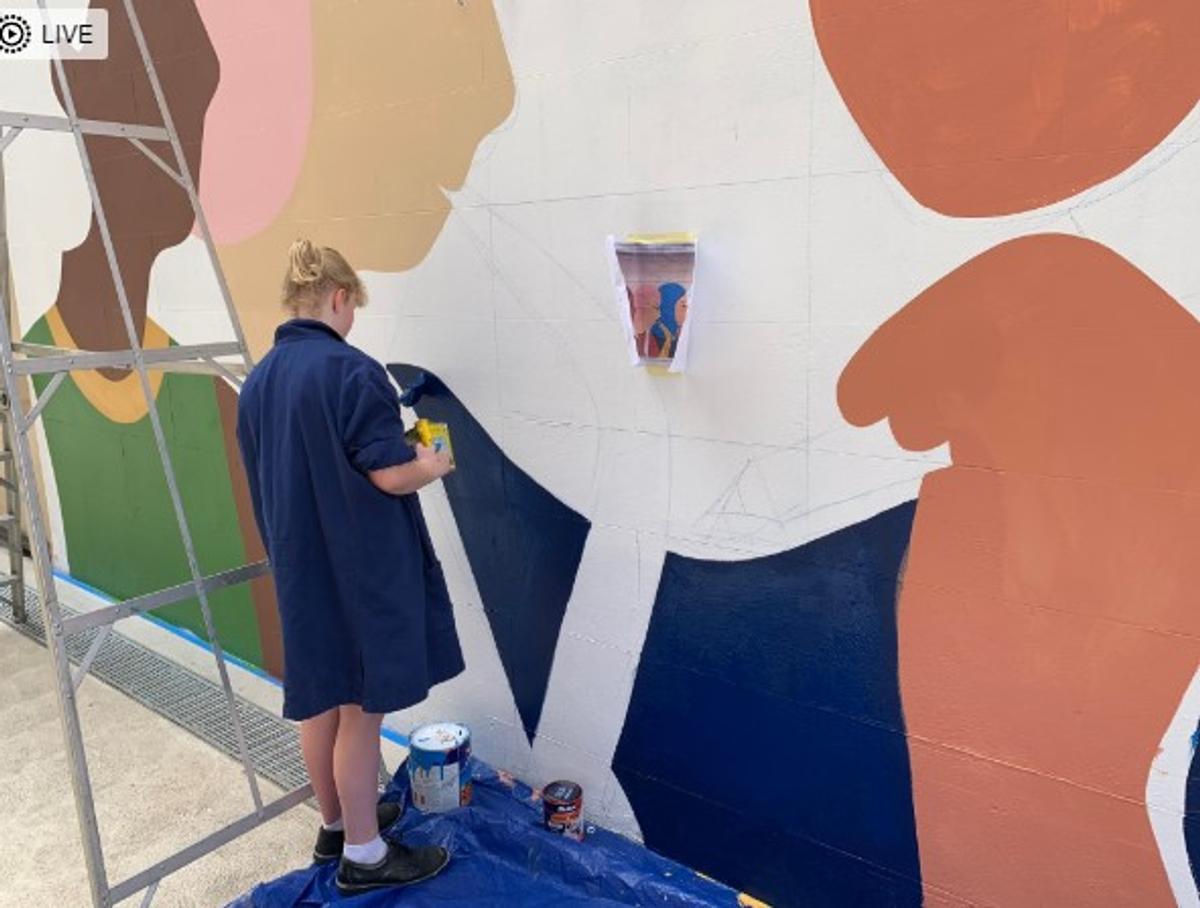
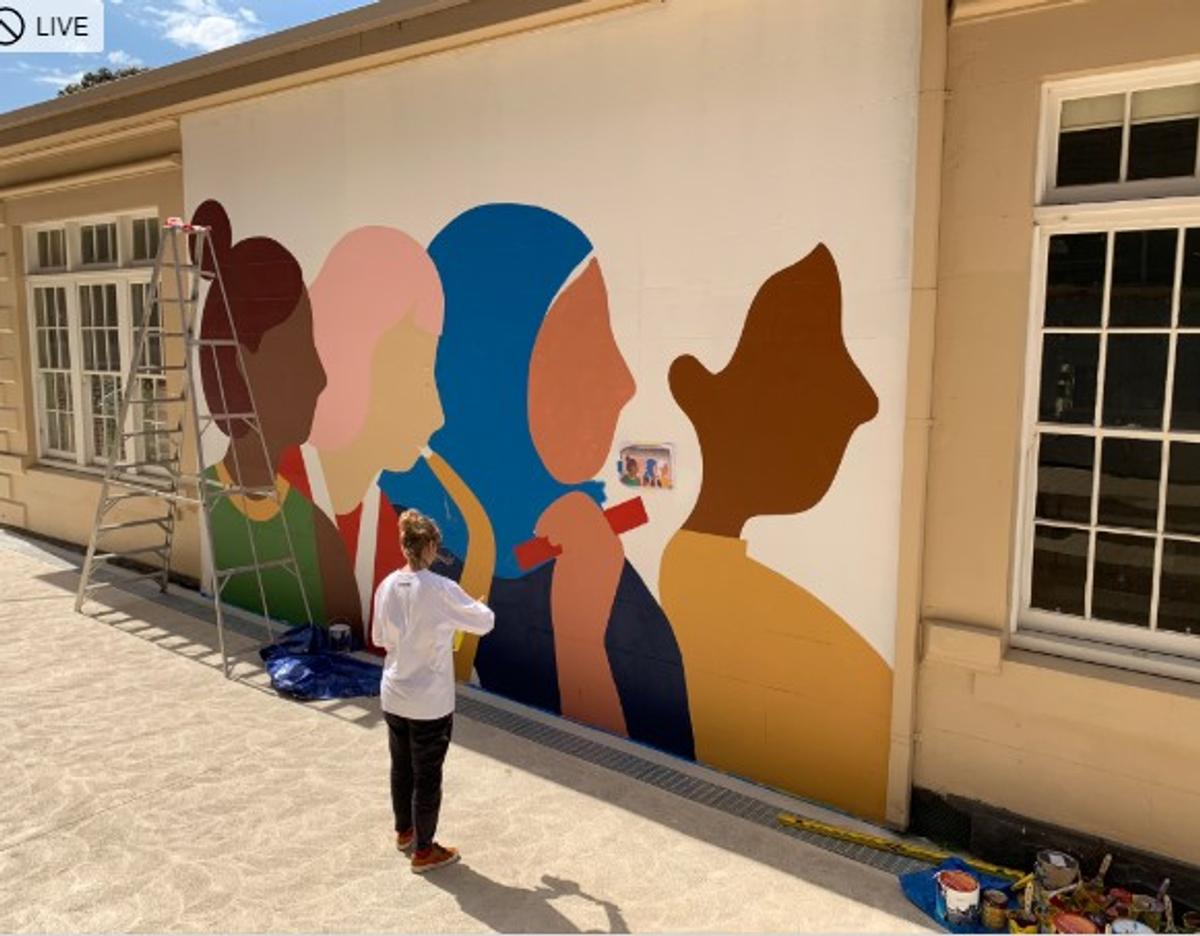
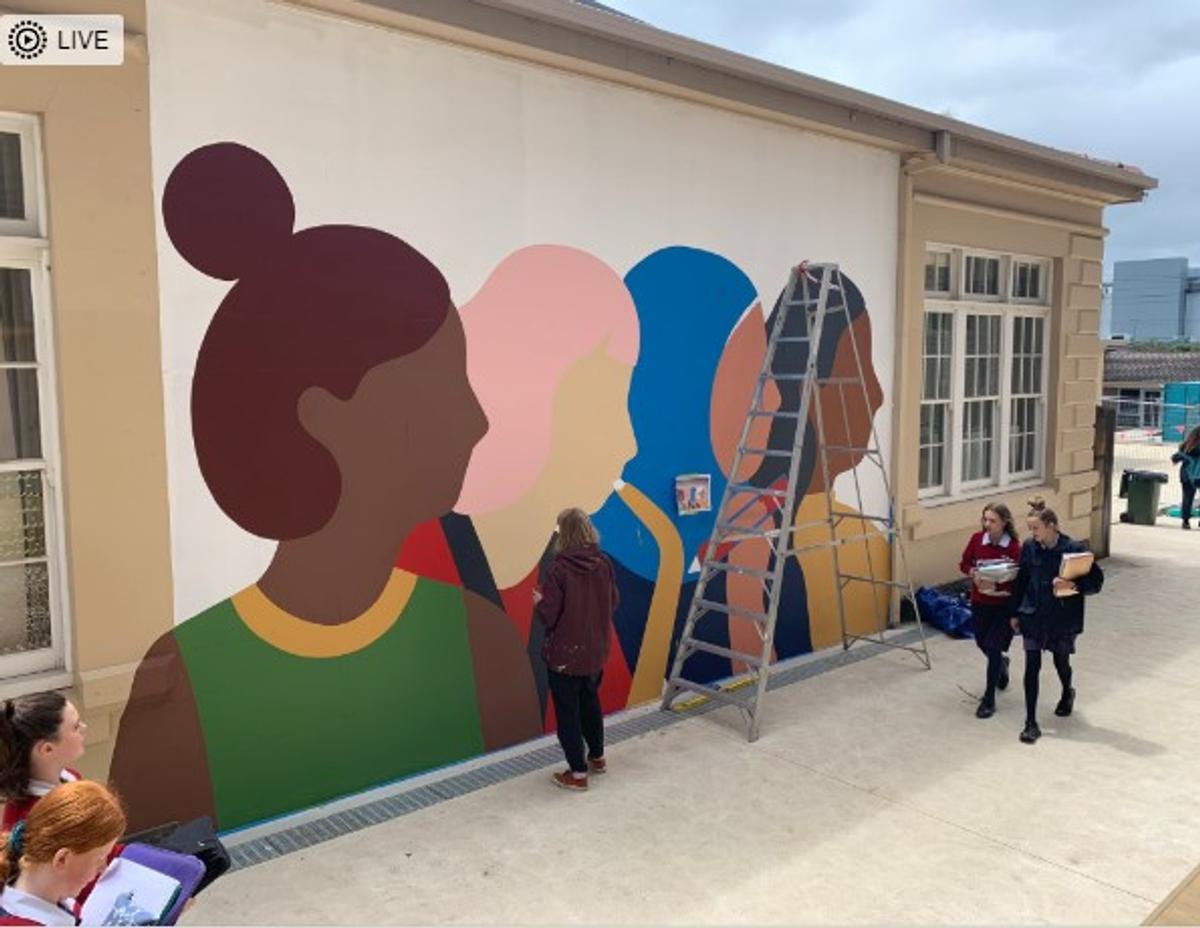
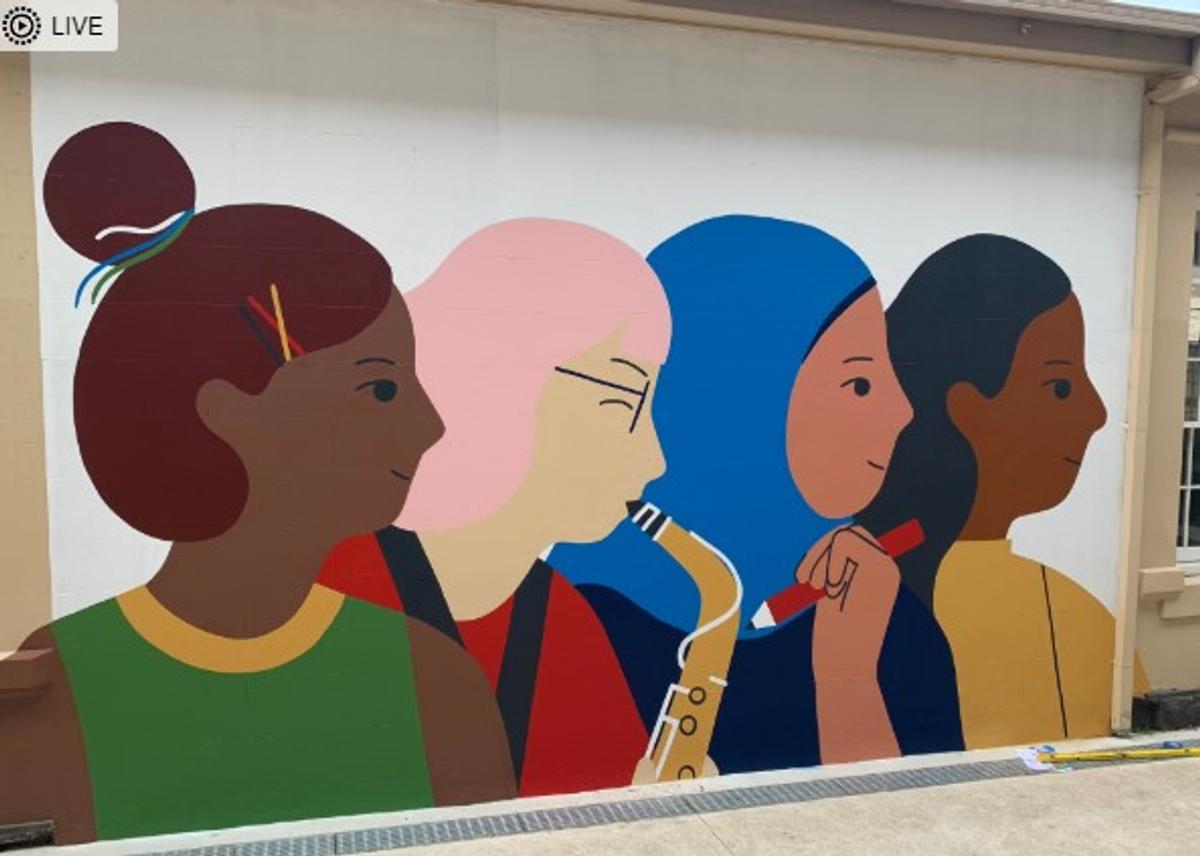




Parent Opinion Survey 2019
The responses were limited but there are a few aspects worth celebrating:
Two areas for further investigation and improvement, based on this survey, are parental involvement and participation with just over 50% being positive and around 30% being neutral. The other is ‘teachers communicate with me often enough about my child’s progress’ with 47% positive, 33% neutral and 24% negative.
MFG Traits: Overview example 6
This year one of our goals as a group of teachers will be to develop an overview that describes each of our 11 MFG traits. Each of our teachers, as part of their Performance and Development Plans, is incorporating one or more of our traits into their teaching.
Below is another example of an overview of one of the traits.
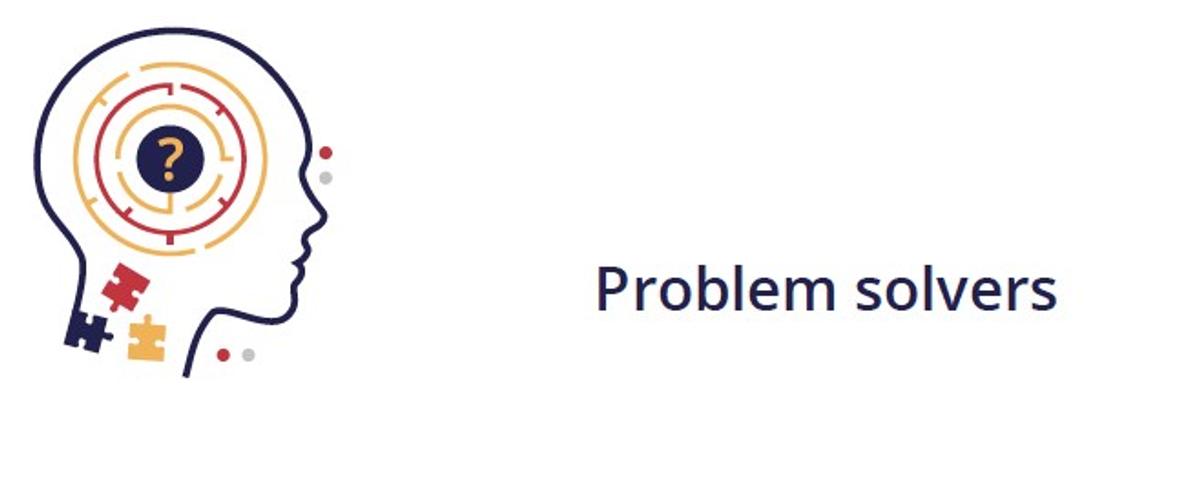

PROBLEM SOLVERS
What is this trait and what does it look like in action?
What is problem solving?
We know problem solving includes a complex set of cognitive, behavioural, and attitudinal components. Problem solving as a multiple step process where the problem solver must find relationships between past experiences (schema) and the problem at hand and then act upon a solution.
To help novices become better problem solvers, they need to develop a stronger base of declarative or domain knowledge, synthesize their knowledge into appropriate mental models, and recognize common solution strategies across many problems and contexts.
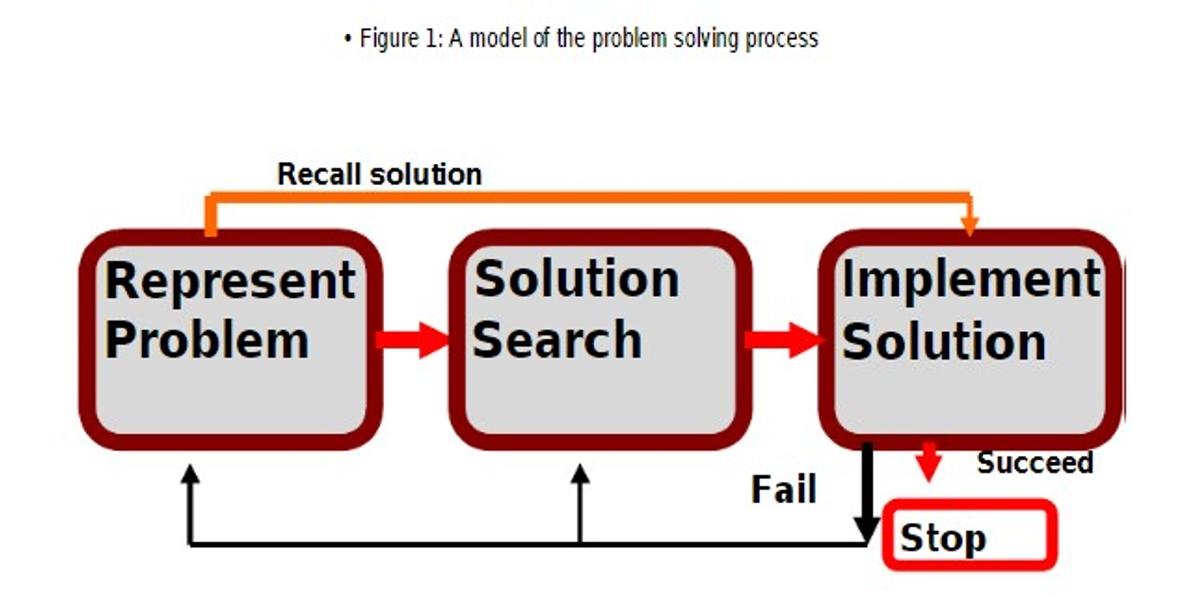

The MFG Design Process
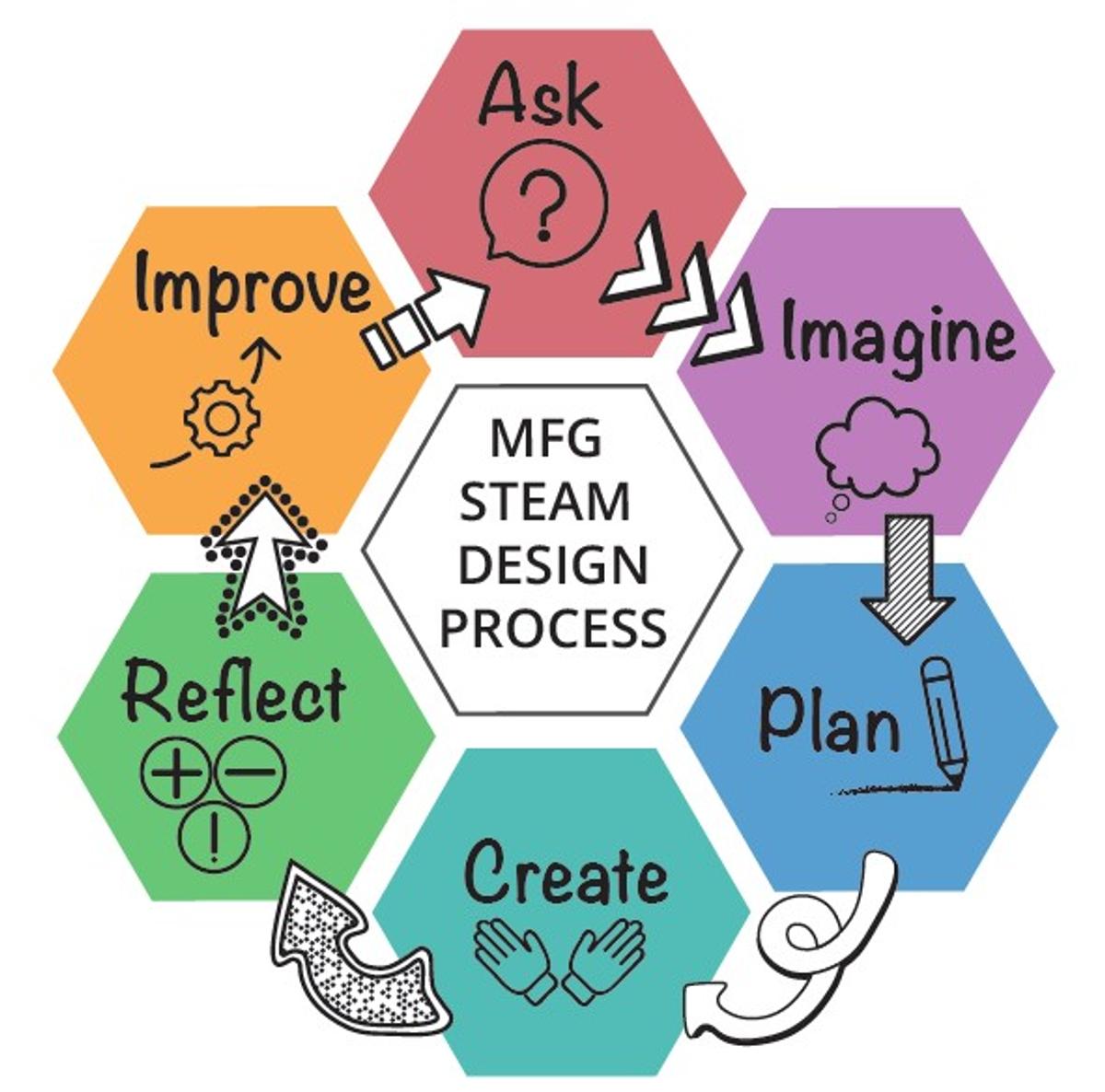

Strategies and Techniques that our teachers use to develop and teach this trait include:
Our teachers can ask the following questions:
Thinking routines for Problem Solving